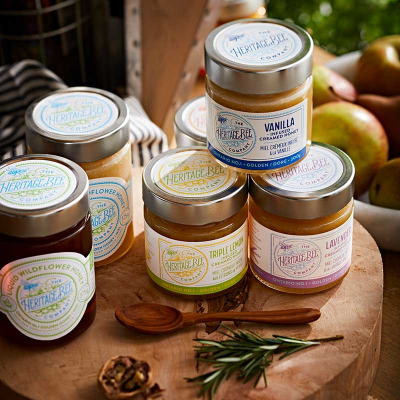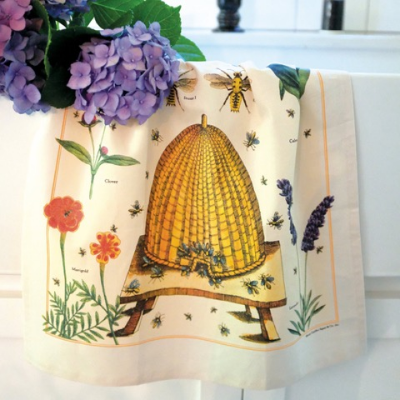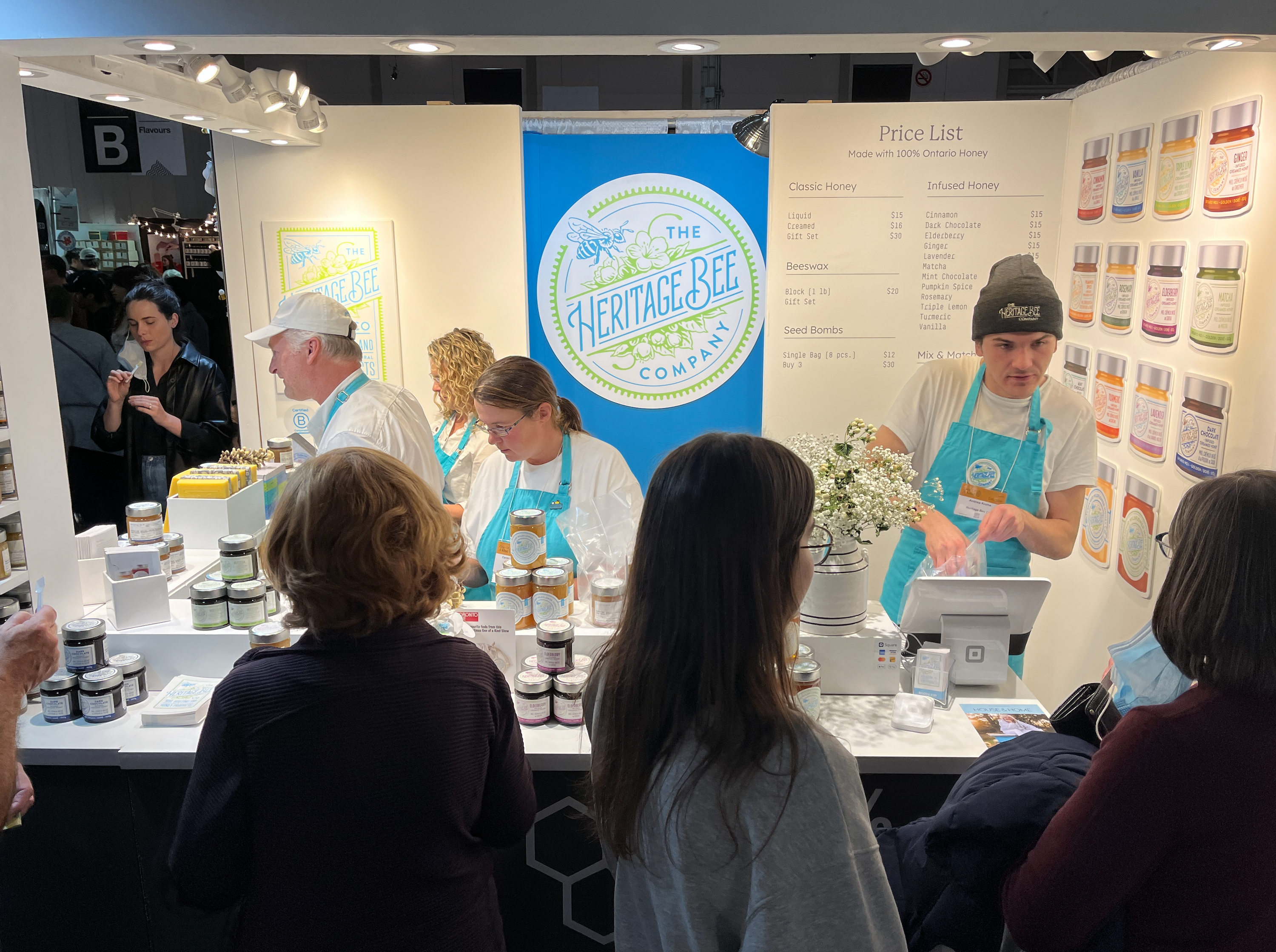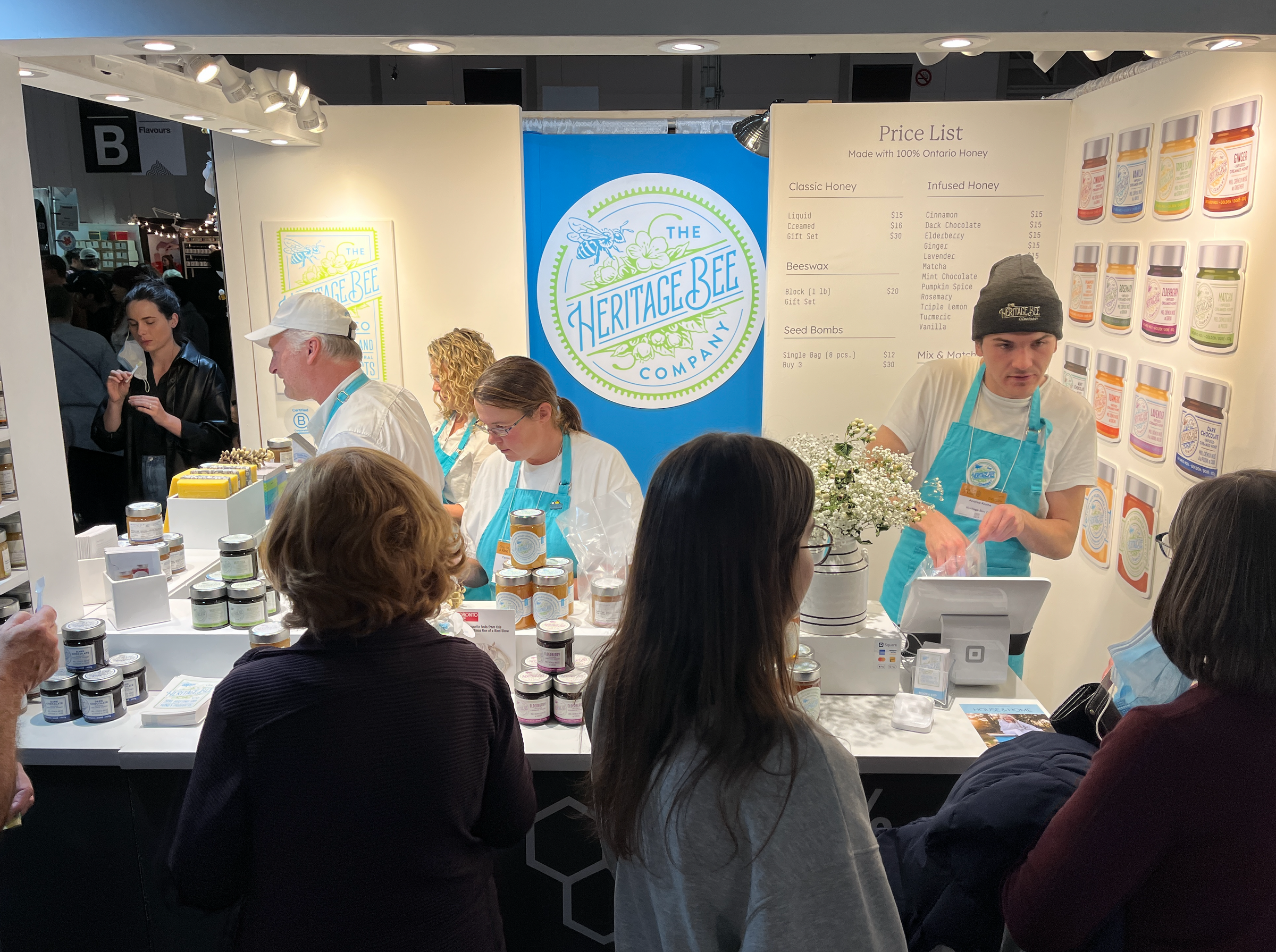About Natural Beekeeping
When bees build their honeycomb they draw off the foundation provided by the beekeeper, matching the cell size. Once the comb is built, the queen bee lays her eggs in the cells and the bees grow to fit the cell size.
About 100 years ago, beekeepers decided to enlarge their bees in an effort to make more honey. The honeycomb cell size was increased from the natural size of 4.9 mm, to an artificially created 5.4 mm. This change forced the bees to grow more, fitting the larger size. The large 5.4mm is now considered industry standard. This measurement is across 10 cells.
We believe larger bees are weaker to pests and disease and require synthetic chemicals and artificial treatments to survive. By gently regressing bees to their heritage size they become stronger and more resilient. This allows for an organic, natural approach that produces cleaner honey with less chemicals and toxins.
Trust in Nature
Small Cell Beekeeping
Our approach uses the natural honeycomb cell size of 4.9mm, rather than the conventional 5.4mm cell.
Heritage Bees
Small cells allow our bees to return to their natural size, as they naturally occur in feral colonies.
Chemical Free
No synthetic chemicals and/or medications are used in our beekeeping approach. We only remove true honey surplus, after the bees have ample honey reserves to sustain their long winter dearth.
Polyfloral Honey
Our honey is sourced from a wide variety of wildflowers. In perfect synchronicity with how honey bees make honey naturally.





